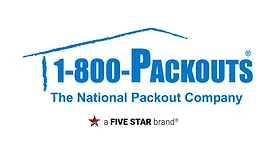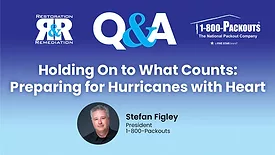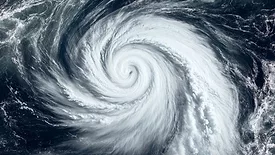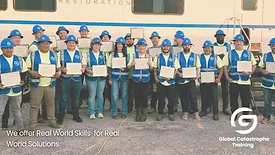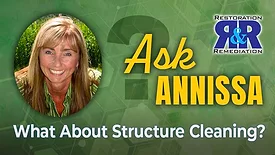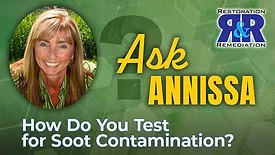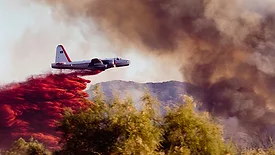Home » Keywords: » catastrophe response
Items Tagged with 'catastrophe response'
ARTICLES
1-800-Packouts Shares Flood Recovery Tips for Homeowners
Read More
Holding On to What Counts: Preparing for Hurricanes with Heart and Strategy
Protect your home and what makes it one with expert hurricane tips from Stefan Figley
Read More
To CAT or not to CAT? Who Should Stay Home
Storm work isn’t for everyone. Here’s how to know if your restoration business is truly ready for catastrophe response.
Read More
Inside the Global Catastrophe Training Experience: Revolutionizing Large-Loss Disaster Response
Hands-On Trainings Equips Restoration Contractors with Real-World Skills for Catastrophic Events
May 22, 2025
1-800-Packouts Advises Homeowners on Spring Storm Preparedness
1-800-Packouts Shares Essential Tips for Homeowners to Prepare for Seasonal Storms
May 2, 2025
The Logistics of Doing CAT Work in Another State
Navigating Legal and Regulatory Challenges for Wildfire Cleanup Across State Lines
Read More
Ask Annissa
What About Structure Cleaning?
Master the Art of Wildfire Restoration with Expert Cleaning Tips
Read More
Ask Annissa
How Do You Test for Soot Contamination?
Key Strategies for Detecting Post-Wildfire Property Contamination
Read More
IMAGE GALLERIES
2019 Catastrophes
2019 saw its share of natural disasters. Here are some images shared by R&R readers.
Stay ahead of the curve with our newsletters.
Get the latest industry updates tailored your way.
JOIN TODAY!Copyright ©2025. All Rights Reserved BNP Media.
Design, CMS, Hosting & Web Development :: ePublishing
